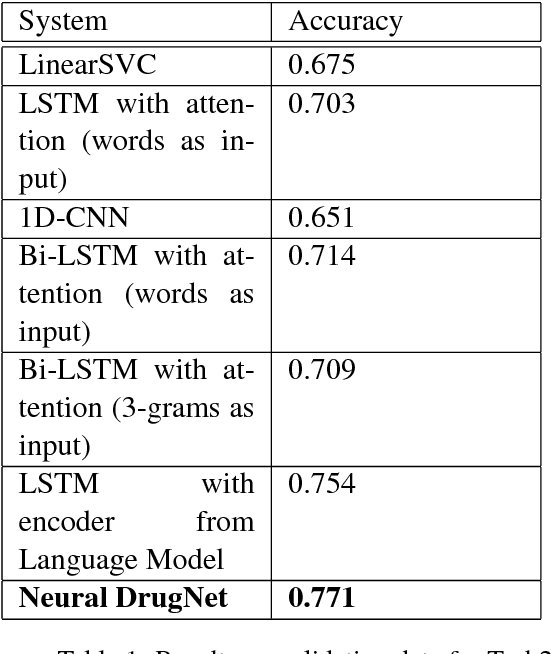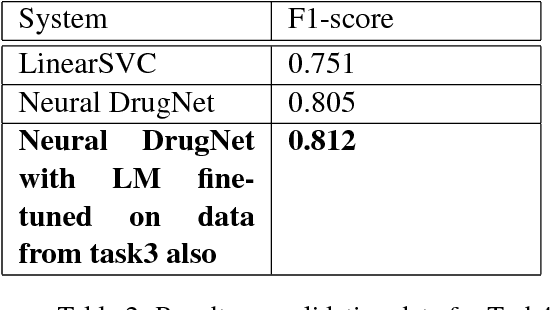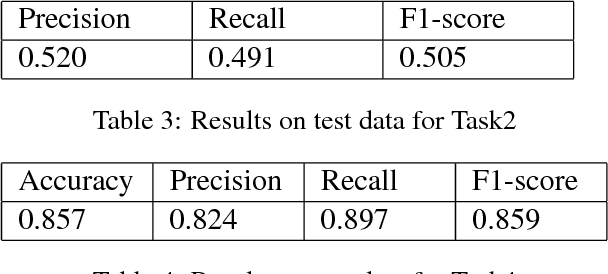Shivansh Mundra
Finding AI-Generated Faces in the Wild
Nov 20, 2023



Abstract:AI-based image generation has continued to rapidly improve, producing increasingly more realistic images with fewer obvious visual flaws. AI-generated images are being used to create fake online profiles which in turn are being used for spam, fraud, and disinformation campaigns. As the general problem of detecting any type of manipulated or synthesized content is receiving increasing attention, here we focus on a more narrow task of distinguishing a real face from an AI-generated face. This is particularly applicable when tackling inauthentic online accounts with a fake user profile photo. We show that by focusing on only faces, a more resilient and general-purpose artifact can be detected that allows for the detection of AI-generated faces from a variety of GAN- and diffusion-based synthesis engines, and across image resolutions (as low as 128 x 128 pixels) and qualities.
Neural DrugNet
Aug 31, 2018


Abstract:In this paper, we describe the system submitted for the shared task on Social Media Mining for Health Applications by the team Light. Previous works demonstrate that LSTMs have achieved remarkable performance in natural language processing tasks. We deploy an ensemble of two LSTM models. The first one is a pretrained language model appended with a classifier and takes words as input, while the second one is a LSTM model with an attention unit over it which takes character tri-gram as input. We call the ensemble of these two models: Neural-DrugNet. Our system ranks 2nd in the second shared task: Automatic classification of posts describing medication intake.
 Add to Chrome
Add to Chrome Add to Firefox
Add to Firefox Add to Edge
Add to Edge